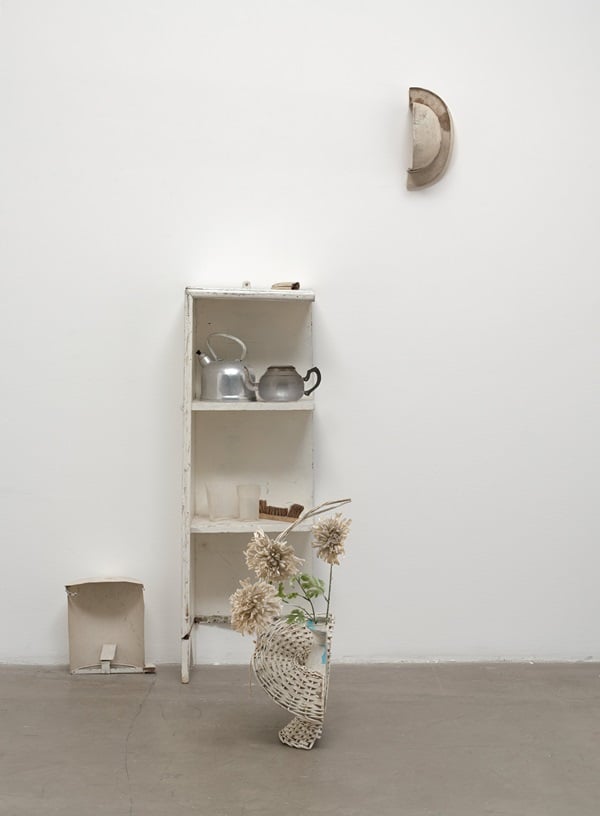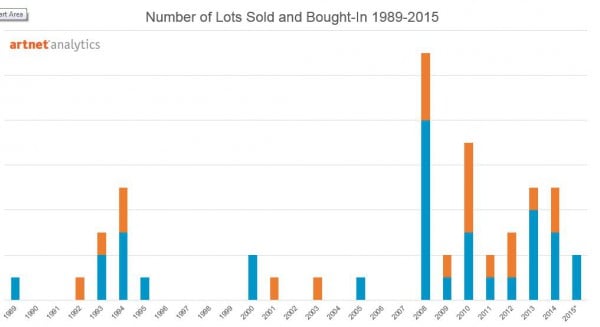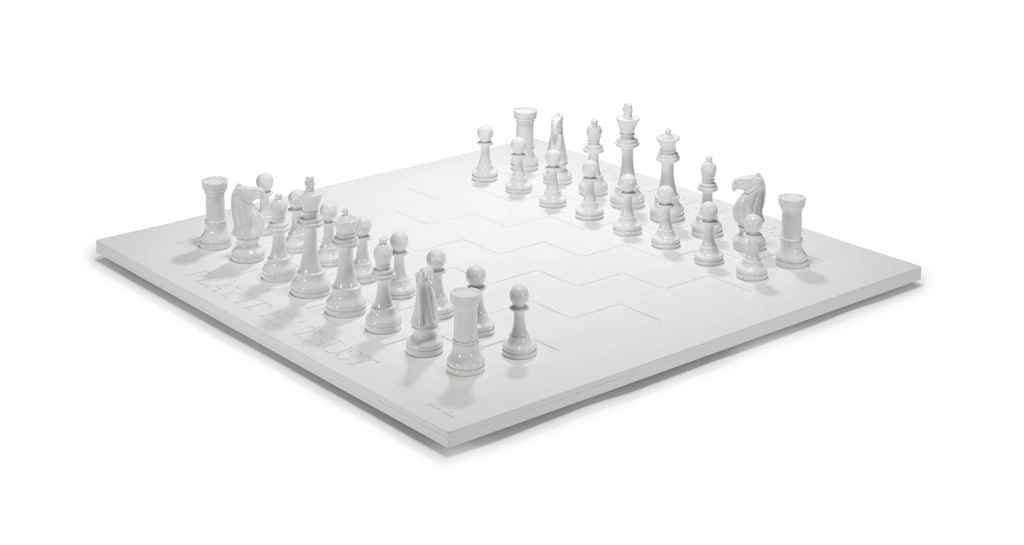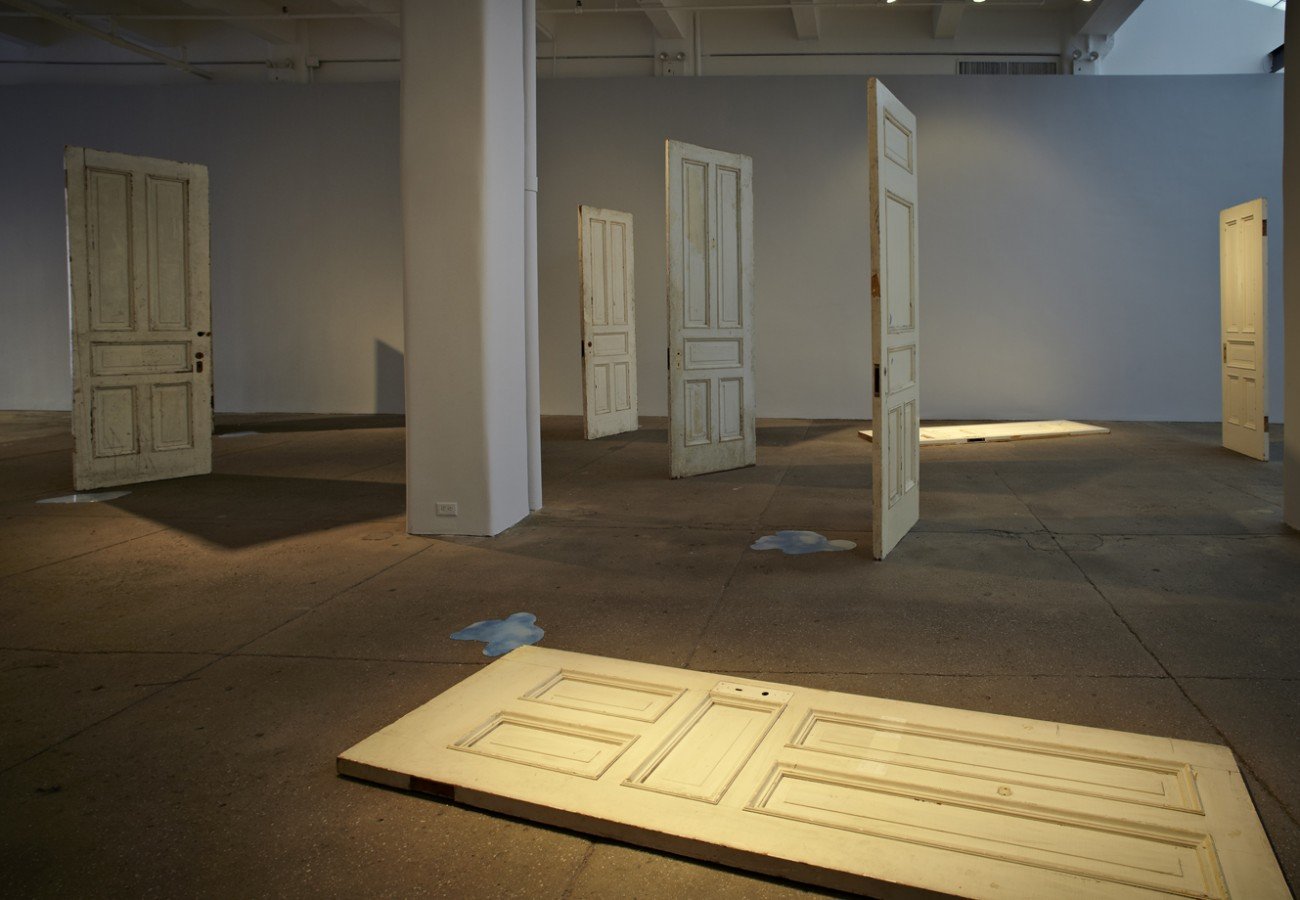Galleries
Yoko Ono’s Market Is A Mystery Despite Her Superstar Art World Status
She hasn't found a way (has she cared?) to commodify her performances.

She hasn't found a way (has she cared?) to commodify her performances.

Eileen Kinsella

After 40 years of neglect from critics and abuse from Beatles fans, Yoko Ono, over the past decade, has risen to an almost untouchable position in the art world.
In her 2000 show at New York’s Japan Society, Michael Kimmelman writing for the New York Times called her “a mischievous, wry conceptual artist with a canny sensibility.” In a glowing review of Yoko Ono’s 2014 retrospective at the Guggenheim Bilbao, critic Jonathan Jones called the show “moving and beautiful.”
A 2012 story in the Guardian about her retrospective at London’s Serpentine Gallery noted that “deserved recognition” was coming, both in the form of the show, and in the Golden Lion award she received at the Venice Biennale in 2009. The current major Yoko Ono show at MoMA, “One Woman Show, 1960–1971,” is drawing crowds and garnering rave reviews.
Yet for all of her recent popularity, in the realm of auctions, Ono’s status isn’t soaring to the same heights. Her work has never even been featured in a major evening auction, and for an artist of her stature, her market here seems practically non-existent.

Yoko Ono, detail of Half-A-Room (1967) at MoMA.
The installation consists of various objects cut in half, most painted white and is on loan from a private collection.
© Yoko Ono 2014. Image: Courtesy of MoMA.
The artnet Price database lists just 53 results in total for Ono, and of these, only 33, or 67 percent, found buyers.
The current auction record of $116,500 was set at Sotheby’s New York in May 2010, albeit far higher than the $60,000 estimate, when Play it by Trust (in 33 parts) (1986–87) was sold. The work, from an edition of eight, is a bronze chess set painted entirely white. A similar white chess set, but on a much larger scale, was featured on the lawn outside the Serpentine Gallery during its 2012 show.

The Artnet Price Database lists just 53 results at auction for Yoko Ono. Of these lots, 20, or 37 percent, failed to sell. Image courtesy of artnet Analytics.
The second highest auction price is less than half that, for a work from the same edition, which sold for $47,500 at a Christie’s First Open sale in September 2012 (estimate: $40,000–60,000). Another work, Couple event for those who wish to deepen their relationship (1973), installation and India ink on cardboard, sold for $13,000 (€10,200) at a sale by Paris auction house Piasa, entitled “Protest” that took place in October 2014 (estimate: $13,000–19,000).
The lowest of the auction prices was $166 (€124) for A celebration of being human (1994) for which the medium is listed as “stamps” and which was sold in Venice, Italy, at Finarte Venezia in 2008.
The scarcity of her auction market appears to be a combination of her very conceptual practice as well as the fact that major works rarely make it to the auction block. A Sotheby’s representative said specialists there did not feel confident enough to parse her auction market given the limited activity.
“Like her work, Yoko Ono’s relationship with commercial galleries is fluid,” Liz Bower of Galerie Lelong told artnet News in an email when asked if the gallery represented Ono. The gallery, which has locations in New York and Paris, has held two shows of her work and has been involved in other Ono projects. Bower would not comment further saying the gallery does not comment on artists’ markets.

The auction record for a work by Yoko Ono is $116,500 for Play It By Trust (in 33 Parts) (1986–87), sold at Sotheby’s New York in May 2010 (estimate $40,000–60,000). Photo courtesy of the artist.
Christie’s specialist Han-I Wang, who oversees the house’s “First Open” sale, told artnet News: “Ono’s works are beautiful but conceptual. She is considered as a performance artist and her sculptural/installation works as well as photographs of her performance made their way to auction at times.”
Wang noted that her sculptural and installation works are more popular with collectors.
“Much of the Yoko Ono material we have was produced in small affordable editions which sold out immediately,” said Jesse Huisken, shop manager and curator at Art Metropole in Toronto. “The few remaining editions we have in stock continue to sell steadily.”
While it is hardly surprising that an artist whose practice is largely conceptual or ephemeral might have a thin market, numerous other artists—Marina Abramovic and Lawrence Weiner among them—seem to have at least figured out a way to monetize their otherwise evanescent practice. Many of the works listed for Abramovic in the artnet Price Database are documentations of her performances, the highest price of which is $365,000 set in 2015 at Christie’s New York for The Complete Performances (12 Works) (circa 1994).
Weiner’s top prices—the highest of which is $185,000—tend to be for his wall drawings.
As Wendy Cromwell, an independent art advisor who runs Cromwell Art, LLC, said, Ono simply never seemed concerned about creating or sustaining a market in conjunction with her artistic practice.
“Today, I think of Tino Sehgal, and his ephemeral performances,” Cromwell said, by way of comparison. Sehgal, it’s useful to note, doesn’t permit documentation of his work by photography, film, or video—which prevents the production of collateral material that could be bought and sold—even physical documentation of sales are not permitted.
“His unconventional mode of transacting stipulates there be no invoice for selling his art,” said Cromwell. Sehgal is known for conducting the sales of his works verbally, and the Guggenheim bought his performance This Progress (2006) after its 2010 run at the museum. “All his performances sell—they are even editioned.”

Installation view of Yoko Ono, “Doors and Droppings” (2011) at Galerie Lelong. Image: Courtesy Galerie Lelong.com
In organizing the MoMA show, according to MoMA spokeswoman Margaret Doyle, museum curators Christophe Cherix, Klaus Biesenbach, and Francesca Willmott, worked closely with Ono and her studio, who gave them access to works and images rarely or never shown previously.
They also worked with a team of scholars, including Midori Yoshimoto, Clive Phillpot, Julia Bryan-Wilson, David Platzker, and Jon Hendricks, who not only contributed to the catalogue, but also conducted a number of interviews in England, Japan, and the United States, which were used as research materials.
Further they consulted a number of private and public archives, in order to bring to light unpublished images and information. Outside the works from the Museum’s own collection, the show comprises loans from public institutions (such as Mumok, Vienna; the New York Public Library, New York; and Northwestern University Library, Evanston), and private collections (including the Gilbert and Lila Silverman Collection in Detroit which gifted a large Fluxus art collection, including about 100 works of Ono’s art and ephemera to MoMA in 2008).
For related coverage, see:
7 Facts to Know About Yoko Ono
After Bjork Fiasco, MoMA’s Yoko Ono Show Makes a Case for Art and Celebrity